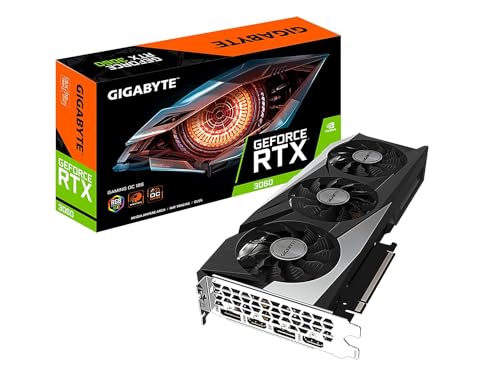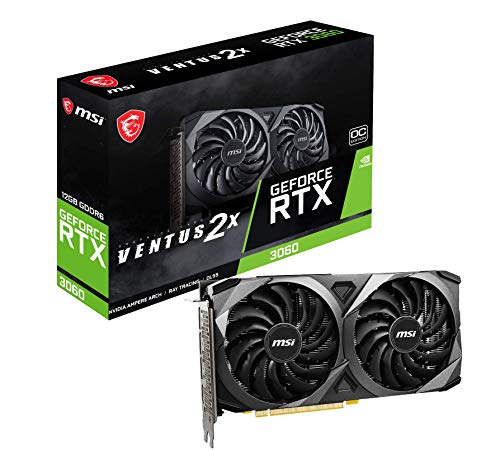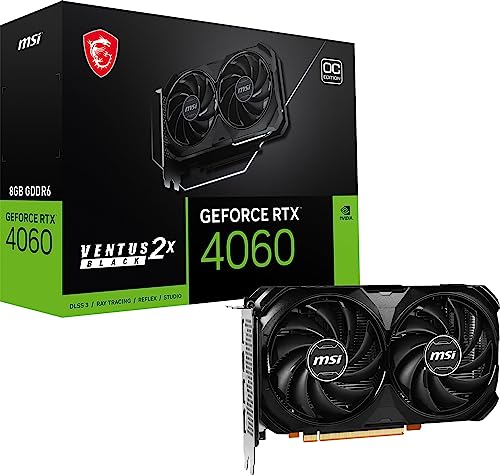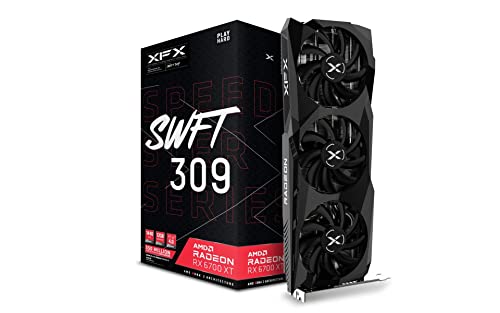**Introduction**
For decades, gamers and professional users alike have sought ways to push their systems beyond conventional limits through the integration of multiple graphics cards. Multi‑GPU configurations—using technologies such as NVIDIA’s SLI and AMD’s CrossFire—enable enthusiasts to combine the power of two or more GPUs to handle ultra‑high resolution gaming, complex simulations, and data‑intensive computations. However, while the potential performance gains are significant, multi‑GPU systems also present unique challenges and diminishing returns in certain applications. This article breaks down the current landscape of multi‑GPU configurations, examining both their technological benefits and potential drawbacks.
**Technological Innovations**
- **Improved GPU Bridge Technology:**
Modern multi‑GPU setups utilize faster interconnects that significantly reduce latency between cards, ensuring smoother data sharing. Recent advancements in SLI/CrossFire technology have refined synchronization methods for better parallel processing efficiency.
- **Dynamic Load Scaling:**
Cutting‑edge driver support and software now allow systems to balance rendering loads dynamically across multiple GPUs. This ensures optimal performance, even as game engines evolve to better leverage multi‑GPU setups.
- **Enhanced Power Management:**
Robust power supplies and intelligent VRMs provide stable power delivery to each GPU, while sophisticated cooling systems mitigate additional heat output.
- **Software Integration:**
New driver updates incorporate AI‑driven optimization routines that adjust workload distribution in real time, making multi‑GPU configurations more accessible for modern applications.
**Applications and Benefits**
- **Ultra‑High Resolution Gaming:**
Multi‑GPU systems excel in pushing 4K and 8K gaming environments, delivering extraordinary frame rates and graphical fidelity for an immersive gaming experience.
- **Professional Rendering and Simulation:**
For content creators and researchers, multi‑GPU setups drastically reduce rendering times in 3D modeling, video editing, and scientific simulations, accelerating workflow efficiency.
- **Enhanced Virtual Reality:**
Virtual reality applications that demand rapid and smooth graphical processing benefit significantly from the combined power of multiple GPUs.
- **Future‑Proofing High-Demand Scenarios:**
As game engines and professional software become more graphically demanding, a well-configured multi‑GPU system can extend the lifespan of your PC’s graphical capabilities.
**Future Directions**
Looking ahead, multi‑GPU technology will likely see improved software support and enhanced integration of cloud-based rendering, which can further boost performance. Innovations like AI‑assisted GPU synchronization and adaptive load balancing may streamline setups, making them more efficient, stable, and user‑friendly.
**Keywords:** multi‑GPU, SLI, CrossFire, dual‑GPU configuration, 4K gaming, VR rendering, GPU bridging, advanced GPU synchronization
Multi‑GPU Configurations
The Pros and Cons of SLI and CrossFire in Modern Systems
Related Articles
Essential High-Performance PC Components You Need Now
Upgrade your setup with the must-have parts for unbeatable gaming and productivity
Top Picks for Best High-Performance PCs
Find the perfect power machine for gaming, work, or creative projects
Your Guide to the Best High-Performance PCs
Find the Right PC for Your Gaming and Creative Needs
View our related products
See more






